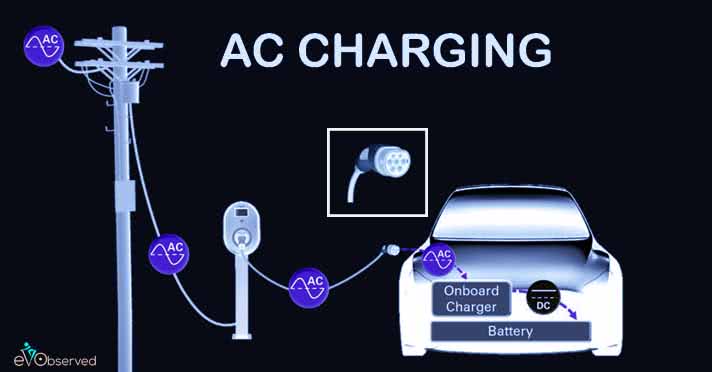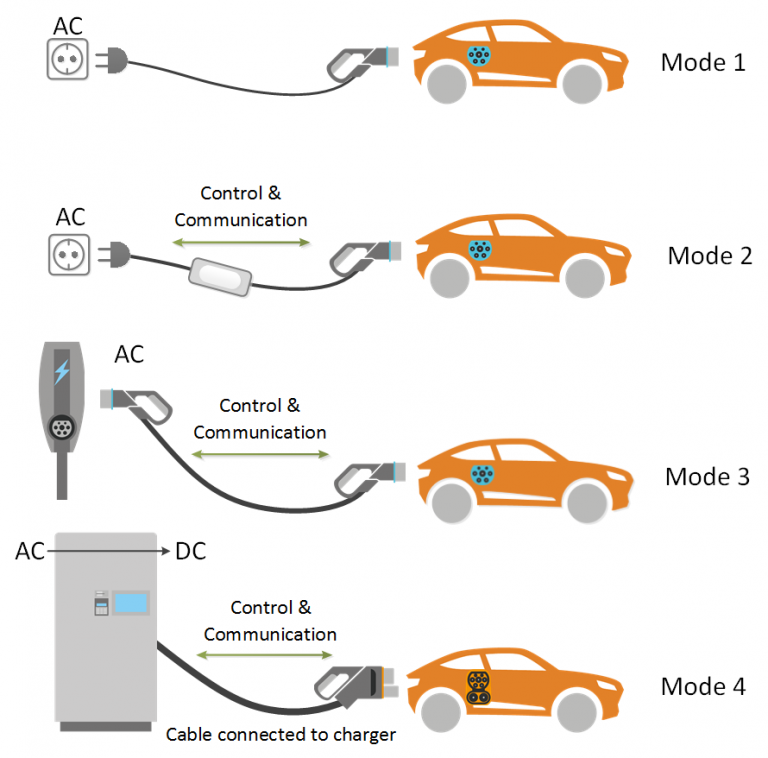What is the principle of an AC charging station?
The AC electric vehicle charging station is a slow charging device for electric vehicles, fixed outside the electric vehicle and connected to the AC power grid. It is a power supply device that provides AC power for the electric vehicle on-board charger. So what is the principle of an AC charging station? What are the characteristics?
In fact, its principle is very simple. The AC charging station is essentially a socket with control, which outputs AC power and requires the on-board charger to perform voltage transformation and rectification. The AC charging station is limited by the power of the on-board charger, and the power is generally small, mostly 3.3kW and 7kW.
The characteristics of AC charging stations are as follows:
1. In the human-computer interaction interface of the communication charging station, there is a large LCD color touch screen. When charging, there are four modes to choose from: amount and automatic charging, such as the current charging mode and time (how long it has been charged and how long it needs to be charged), as well as the current charging information (whether it has been charged or not).
2. Card reader, used to identify car users and record their electricity consumption information.
3. Printer, used to print consumer invoices.
4. Complete safety protection facilities. Including emergency stop charging button and output overcurrent protection function, as well as output leakage protection function, automatic judgment of whether the charging connector and charging cable are selected correctly, and flame retardant function.
It automatically determines whether the charging connector and charging cable have the correct function. After the AC charging station and electric vehicle are connected correctly, the charging station allows charging to start. When the AC charging station detects abnormal connection with the electric vehicle, it should immediately stop charging.
The difference between AC charging piles and DC charging piles is that AC charging piles only provide power output and do not have charging function. They need to be connected to the on-board charger and electric vehicle charging, only playing a role in controlling the power supply.
Simply put, AC charging stations require the use of on-board chargers to provide the electricity required for electric vehicles, while DC charging stations do not require this equipment at all. There is a significant difference in the charging speed of electric vehicles between DC charging stations and AC charging stations. For example, if a pure electric vehicle has a normal car battery capacity, it will take eight hours to fully charge through an AC charging station after being fully discharged. On the contrary, charging an electric vehicle through a DC fast charging station only takes two to three hours, which can be described as very short. The AC charging station provides power input to the charger of electric vehicles, as it relies on a small on-board charger, which cannot quickly charge the vehicle.


